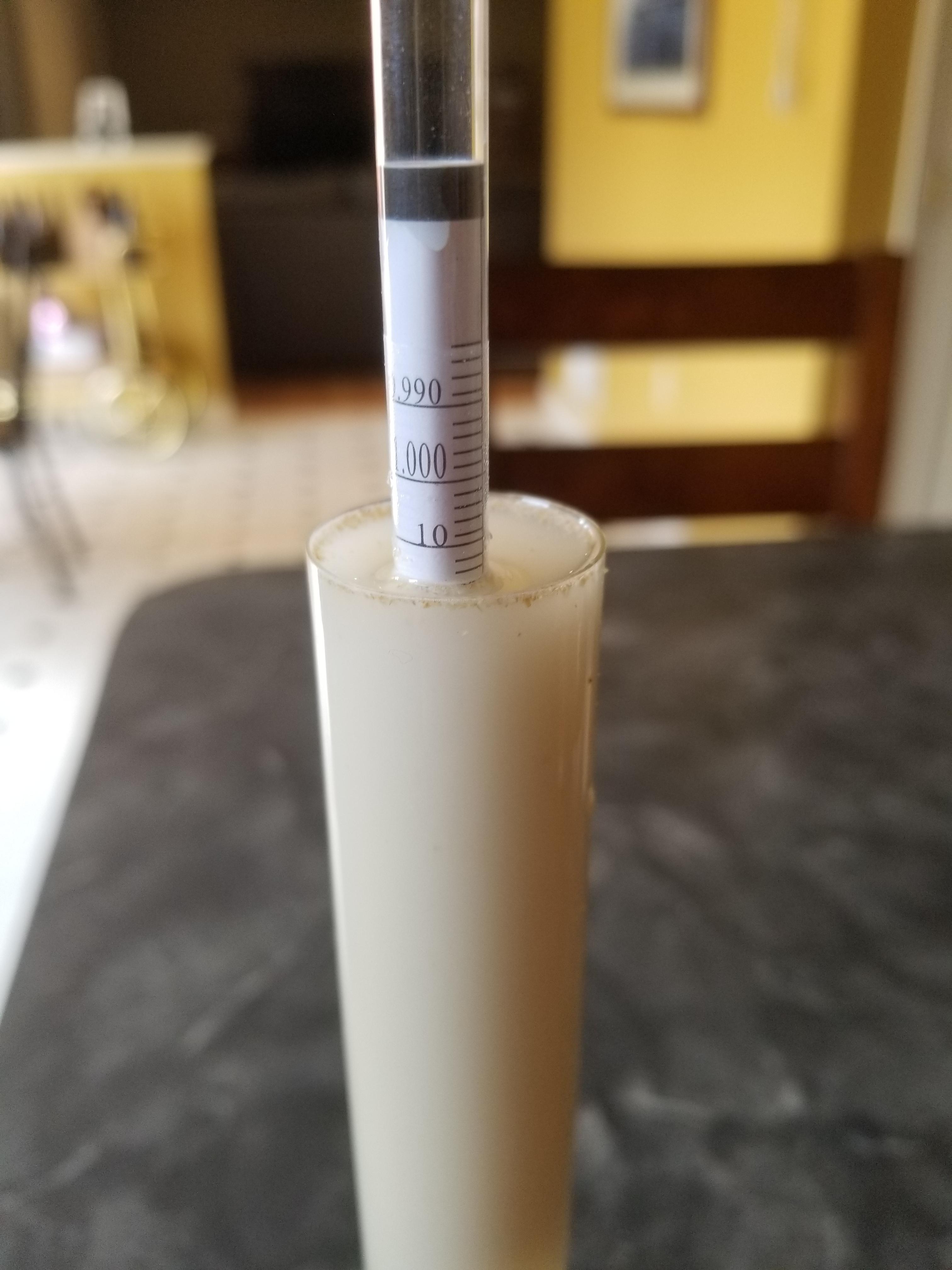Nubiwan
Well-Known Member
- Joined
- Dec 1, 2018
- Messages
- 584
- Reaction score
- 364
Simple BIAB question. I usually mash for an hour, but if I take a gravity at 30 minutes, and my pre-boil OG is established, is there any harm in starting the boil?
Is preboil OG simply a function of the mash? Or does something else happen during the mash, that I need to concern mysefl with?
I took out a sample at 30 minutes today. I am going to have a look and see what SG it gives me.
Is preboil OG simply a function of the mash? Or does something else happen during the mash, that I need to concern mysefl with?
I took out a sample at 30 minutes today. I am going to have a look and see what SG it gives me.



